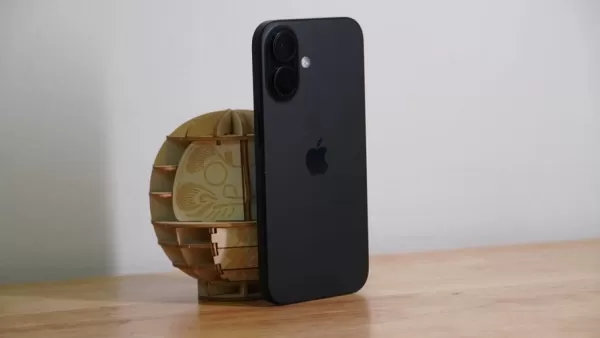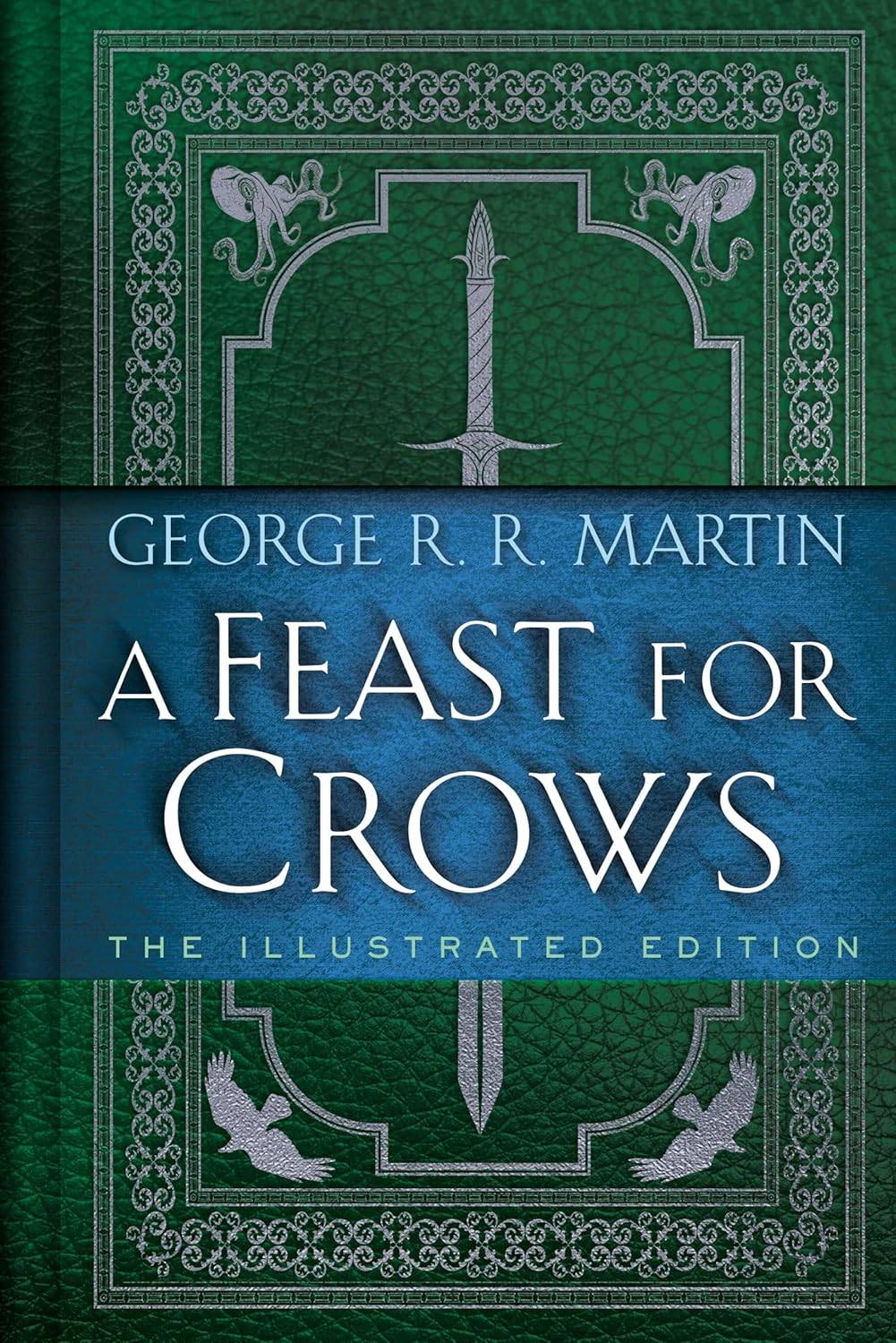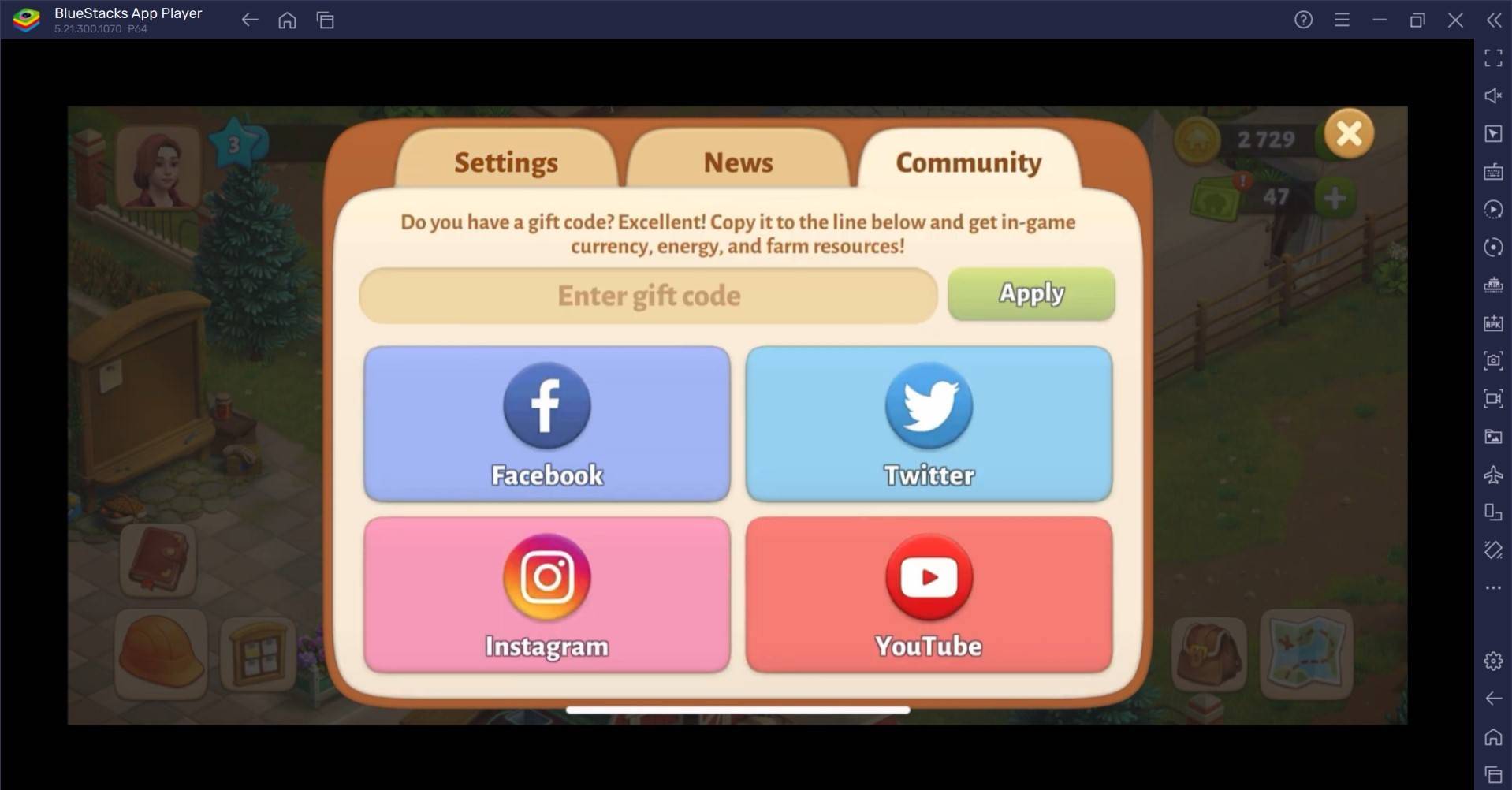Top iPhones of 2025: Which to Buy?
Choosing the right iPhone can feel overwhelming with the numerous options available. In 2024, Apple introduced the iPhone 16 and 16 Pro models, followed by the more recent iPhone 16e, further expanding the lineup. Whether you're after the latest technology or looking for a more budget-friendly option, understanding the differences between these models is crucial to making an informed decision.

Apple iPhone 16 Pro
2See it at Best BuySee it at Apple

Apple iPhone 16
2See it at Best BuySee it at Apple

Apple iPhone 16e
0See it at Apple

OnePlus 13
0See it at Best BuySee it at OnePlus
All the iPhones mentioned here are compatible with iOS 18, which was unveiled at WWDC 2024. This latest operating system introduces a host of AI enhancements and a revamped, more organized Photos app. To fully utilize Apple Intelligence, however, you'll need an iPhone 15 or later.
For those looking to enhance their iPhone experience, our guide to the best iPhone accessories can help you select the perfect peripherals, including essential screen protectors. We also had the opportunity to review the Apple AirPods 4 with ANC, which stand up well against the AirPods 2 in various categories, making them a worthwhile investment.
Contributions by Georgie Peru and Rudie Obias
iPhone 16 Pro
Best Overall iPhone

Apple iPhone 16 Pro
2A compact size meets powerful internals, a great display, and capable cameras. See it at Best BuySee it at Apple
Product Specifications
- Screen: 6.3-inch OLED, 1206x2622, 460 ppi, 120Hz refresh rate
- Processor: A18 Pro
- Camera: 48-Megapixel Wide, 48-Megapixel Ultrawide, 12-Megapixel Telephoto, 12-Megapixel Selfie
- Battery: 3,582mAh
- Weight: 199g (0.44lb)
PROS
- Powerful performance
- Elegant design
- Robust camera system
CONS
- Camera settings could use some tweaks
The iPhone 16 Pro strikes the perfect balance between the base iPhone 16 and the iPhone 16 Pro Max. Its compact form factor makes it more manageable for one-handed use, yet it doesn't compromise on features or camera sensors. If you prefer a larger screen, consider upgrading to the iPhone 16 Pro Max for a similar experience.
Powered by the A18 Pro chip, the iPhone 16 Pro delivers exceptional performance for daily tasks and gaming. It achieved the highest single-core Geekbench 6 score in both phones and laptops, accompanied by a robust GPU capable of running the latest games at high settings and frame rates.
Apple's build quality feels luxurious, though color options are somewhat muted. The screen is exceptional, offering high brightness, contrast, and a fluid 120Hz refresh rate. While the Ceramic Shield glass adds durability, it can still be prone to scratches, so consider additional protection.
The cameras on the iPhone 16 Pro and Pro Max are impressive. The main sensor excels, particularly in low-light conditions, while the ultra-wide camera captures more in the frame, though it can struggle with softness and noise. The 5x telephoto sensor is a significant advantage for portraits and distant subjects. The new Camera Control feature offers more intuitive settings management, though it could benefit from further refinement.
iPhone 16 – Photos

 7 Images
7 Images



iPhone 16
Best Mid-Range iPhone

Apple iPhone 16
2More affordable than its Pro siblings, the iPhone 16 doesn't make you give up much and still delivers excellent performance. See it at Best BuySee it at Apple
Product Specifications
- Screen: 6.3-inch OLED, 1206x2622, 460 ppi, 120Hz refresh rate
- Processor: A18
- Camera: 48-Megapixel Wide, 48-Megapixel Ultrawide, 12-Megapixel Telephoto, 12-Megapixel Selfie
- Battery: 3,582mAh
- Weight: 199g (0.44lb)
PROS
- Excellent performance
- Fun colors
CONS
- Ultra-wide and selfie shots can be soft
The iPhone 16 is an outstanding mid-range choice within Apple's lineup. With the introduction of Apple Intelligence, the iPhone 16 needed a more powerful chip, resulting in the inclusion of the A18, which offers performance comparable to the A18 Pro in the Pro models. It outperforms many Snapdragon 8 Gen 3-equipped Android devices in Geekbench 6 tests, ensuring smooth everyday use and gaming.
This model offers vibrant color options, alongside classic black and white designs. The Ceramic Shield provides some protection, but additional safeguarding is recommended. Its compact size is comfortable in the hand and pocket, making it more manageable than the wider Pro Max models.
Although it lacks the 120Hz refresh rate of the Pro models, the iPhone 16's OLED display remains sharp and vivid, enhancing the viewing experience. The main camera performs well, capturing vibrant colors and handling low-light situations effectively. However, the ultra-wide and selfie cameras can be soft, which may be improved in future updates.
iPhone 16e
Best Budget iPhone

Apple iPhone 16e
0The iPhone 16e is Apple's most affordable new option with a potent chip, though it comes with some trade-offs. See it at Apple
Product Specifications
- Screen: 6.1-inch OLED, 1170x2532, 60Hz refresh rate
- Processor: A18
- Camera: 48-Megapixel Wide, 12-Megapixel Selfie
- Battery: 4,005mAh
- Weight: 167g (0.39lb)
PROS
- Fast chip
- Lower price than main iPhone lineup
CONS
- Trims a handful of common iPhone features
If you're on a budget, the introduction of the iPhone 16e provides a new, albeit pricier, entry-level option. Starting at $599, it's the most affordable new iPhone but comes with significant compromises. The iPhone 16e runs on the A18 chip, offering solid performance and access to Apple Intelligence features, and features a modern design with a 6.1-inch OLED display and an aluminum frame with Ceramic Shield glass.
However, it lacks several features standard in other models, including MagSafe, wireless charging, mmWave 5G, UWB support, and a second rear camera. These omissions limit its functionality and camera capabilities. While the iPhone 16e might suffice for basic needs, consider refurbished options like the iPhone 14 Pro or iPhone 15 available for under $500, which may offer better value.
OnePlus 13
Best iPhone Alternative

OnePlus 13
0A great design, excellent display, superb performance, and impressive cameras combine in a discounted flagship that deserves consideration. See it at Best BuySee it at OnePlus
Product Specifications
- Screen: 6.82-inch OLED, 1440x3168, 510ppi, 120Hz refresh rate
- Processor: Snapdragon 8 Elite
- Camera: 50-Megapixel Wide, 50-Megapixel Ultrawide, 50-Megapixel Telephoto, 32-Megapixel Selfie
- Battery: 6,000mAh
- Weight: 210g (0.46lb)
PROS
- Great value
- Fast performance
CONS
- Software support a little shorter than rivals
The OnePlus 13, priced at $899, offers a compelling alternative to the iPhone, competing directly with the $1,199 iPhone 16 Pro Max. It features a triple-camera setup, including a 50MP telephoto sensor, delivering excellent photos and videos. The display is nearly as sharp as the iPhone 16 Pro Max's, with a 120Hz refresh rate and power-saving capabilities down to 1Hz.
The OnePlus 13's performance, driven by the Snapdragon 8 Elite, rivals the iPhone 16 Pro Max in many areas, excelling in multi-core and graphics tests. Its 6,000mAh battery supports all-day use, and fast charging options are available. The phone's design is stylish, with various color options and robust IP68 and IP69 water resistance.
For those not tied to iOS, the OnePlus 13 offers a strong alternative with significant value.
Upcoming iPhones
In 2024, the iPhone 16 series brought substantial improvements and performance. Apple also adjusted pricing on older models to make them more accessible. The new iPhone 16e aims to fill the budget segment previously occupied by the iPhone SE. Rumors and leaks suggest the upcoming iPhone 17 lineup, including an iPhone Air, may be on the horizon.
What to Look for in an Apple iPhone
Despite the variety of models, the user experience remains consistent across Apple iPhones, a key factor in their popularity. Here’s what to consider when choosing an iPhone in 2025:
Phone Size
Size is crucial. For one-handed use, the iPhone 16 or iPhone 14 is ideal. For larger hands, the iPhone 16 Plus or iPhone 16 Pro Max offers a comfortable fit with their larger displays.
Storage Capacity
Consider your storage needs. The iPhone 16 Pro Max with 1TB is perfect for those who take many high-resolution photos. Most models come with a 128GB base, suitable for casual use.
Price
Pricing ranges from the iPhone 16e at $599 to the fully loaded iPhone 16 Pro Max at $1,599. All models run on iOS, ensuring long-term software updates and a consistent user experience regardless of your budget.
Ultimately, the best iPhone depends on your usage. The iPhone 16 Pro is a well-rounded choice, offering a fast processor, excellent cameras, versatile color options, and various storage capacities at a competitive price.
Best iPhone FAQ
What are the best iPhone alternatives?
While iPhones lead the smartphone market, Android offers strong alternatives. The OnePlus 13 and Google Pixel 9 Pro are top contenders in the Android space, providing features that rival the latest iPhones. Brands like Asus and RedMagic also offer competitive options for those looking for alternatives to iOS.
-
Want to get your hands on the most affordable PlayStation 5 console available? AliExpress is currently running a US Anniversary Sale, featuring an imported Sony PlayStation 5 Slim Disc Edition gaming console for just $397.94 with free shipping afterAuthor : Stella Nov 22,2025
-
A Feast for Crows: The Illustrated EditionThe wait continues for "The Winds of Winter," but fans of George R.R. Martin's epic saga have something new to anticipate. The author recently revealed the cover for the illustrated edition of "A Feast for CrAuthor : Hannah Nov 21,2025
- WWE Superstars Join Call of Duty Warzone: Mobile Roster
- Midnight Girl is a minimalist point-and-click adventure set in Paris in the 60s, now open for pre-orders on mobile
- Mobile Legends: Bang Bang – Best Lukas Build
- "Grand Outlaws Unleashes Chaos and Crime on Android Soft Launch"
- Monster Hunter Now Adds New Monsters for 2025 Spring Fest
- "Fallout Season 2 Premieres in December 2025, Season 3 Confirmed"






















